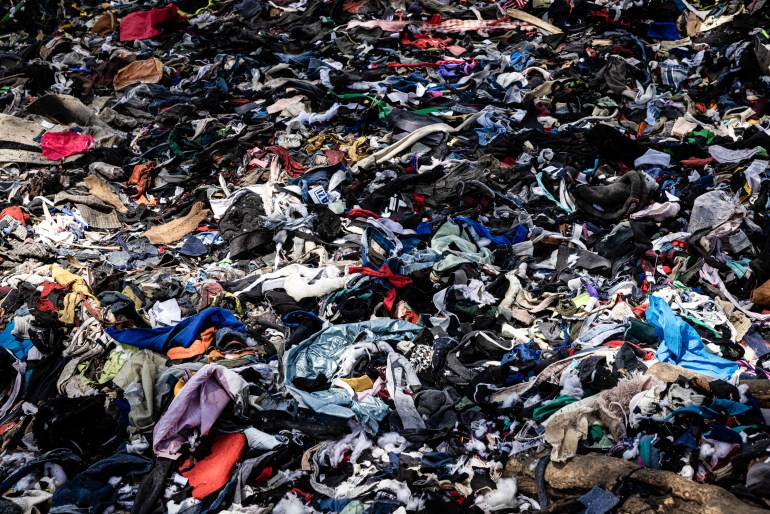The Environmental Cost of Fashion
The fashion industry represent an important part of our economies, with a value of more than 2.5 trillion $USD and employing over 75 million people worldwide. The sector has seen spectacular growth over the past decades, as clothing production doubled between 2000 and 2014. While people bought 60% more garments in 2014 than in 2000, they only kept the clothes for half as long (McKinsey & Company, 2016).
While the fashion sector is booming, increasing attention has been brought to the impressive range of negative environmental impacts that the industry is responsible for. Fashion production makes up 10% of humanity’s carbon emissions, dries up water sources, and pollutes rivers and streams. What’s more, 85% of all textiles go to the dump each year (UNECE, 2018), and washing some types of clothes sends significant amount of microplastics into the ocean.
The Environmental Footprint of Fast Fashion
- The equivalent of one garbage truck full of clothes is burned or dumped in a landfill every second (UNEP, 2018)
- Approximately 60% of all materials used by the fashion industry are made from plastic (UNEP, 2019)
- 500,000 tons of microfibers are released into the ocean each year from washing clothes — the equivalent of 50 billion plastic bottles (Ellen MacArthur Foundation, 2017)
- The fashion industry is responsible for 8-10% of humanity’s carbon emissions – more than all international flights and maritime shipping combined (UNEP, 2018). If the fashion sector continues on its current trajectory, that share of the carbon budget could jump to 26% by 2050 (Ellen MacArthur Foundation, 2017)
- Some 93 billion cubic metres of water – enough to meet the needs of five million people – is used by the fashion industry annually, contributing

























